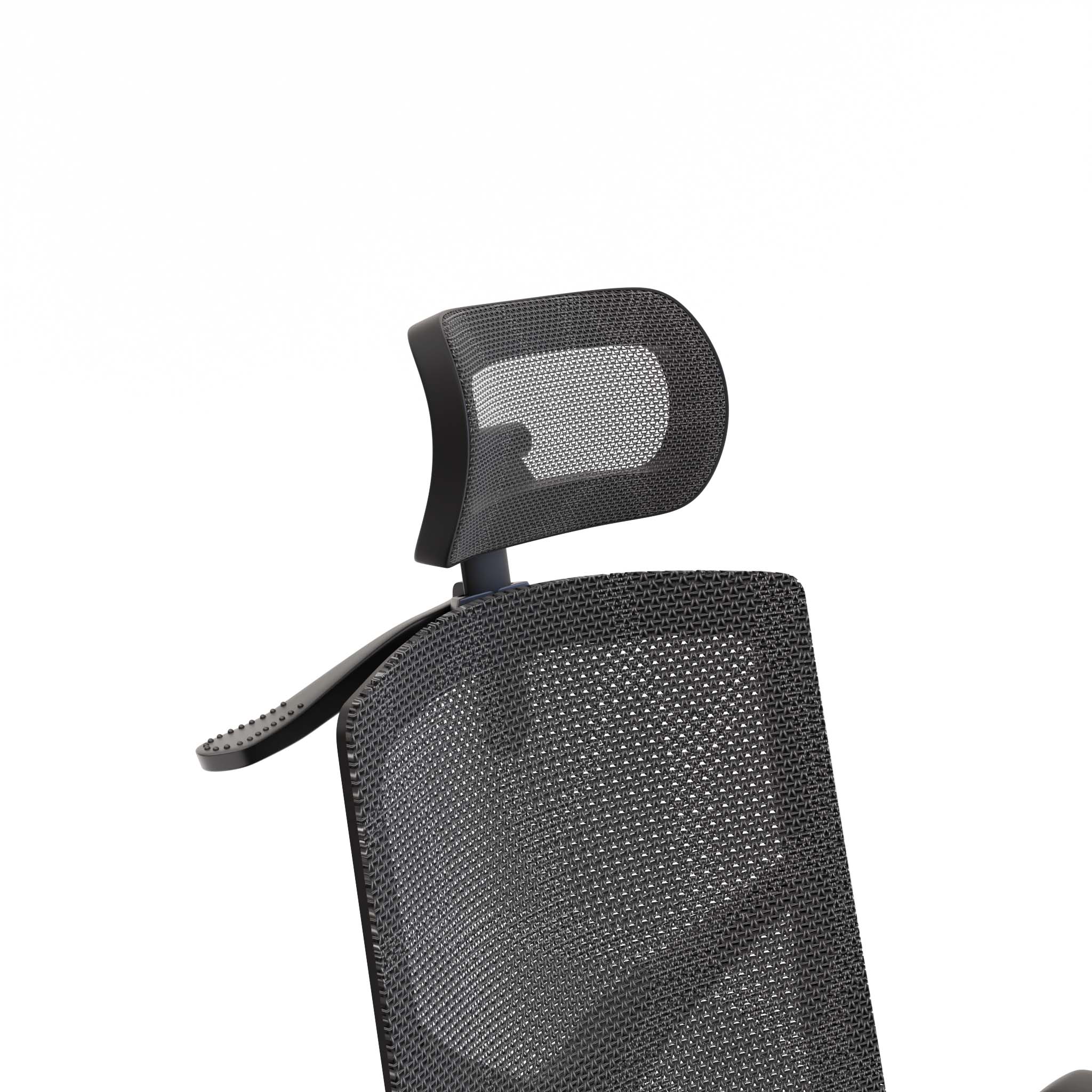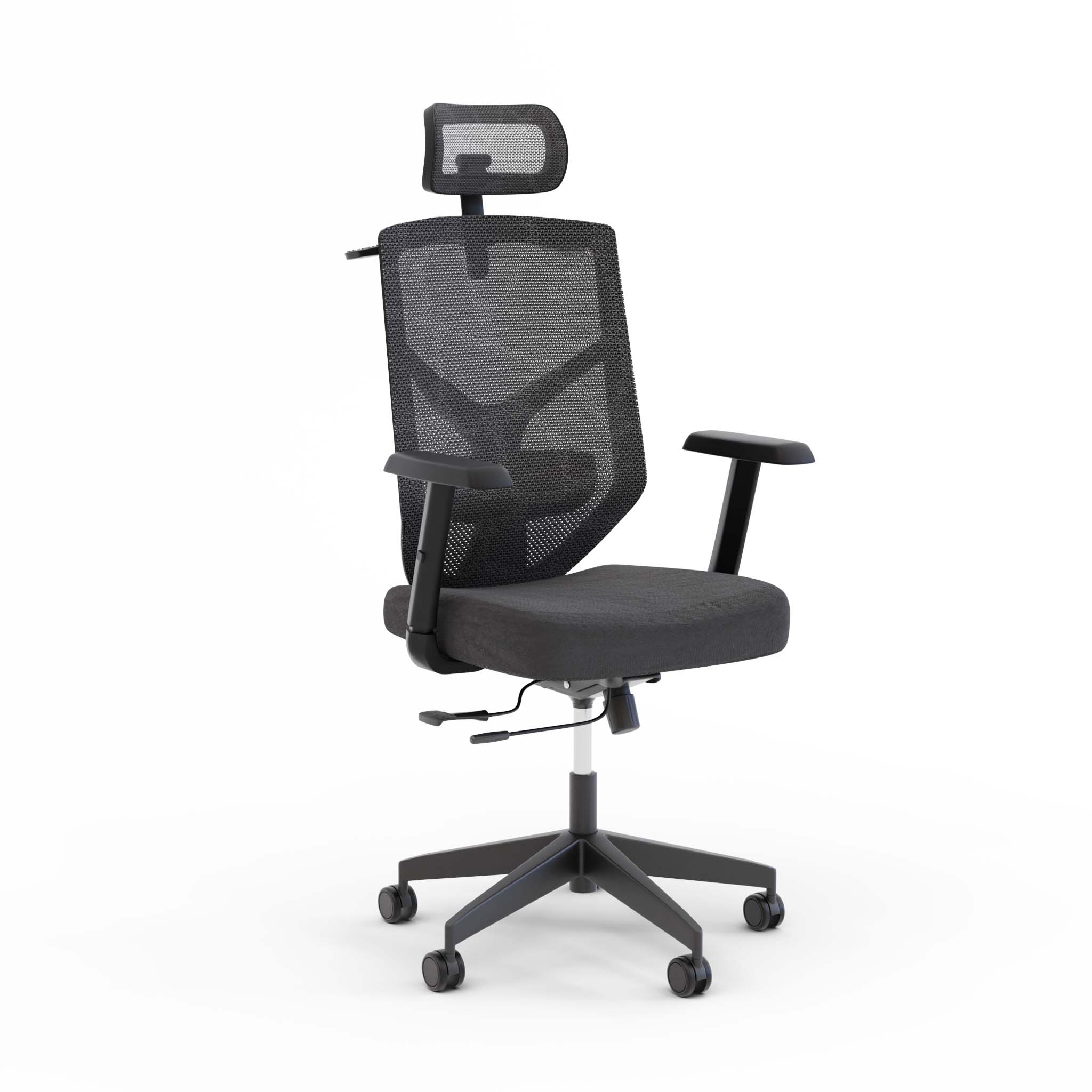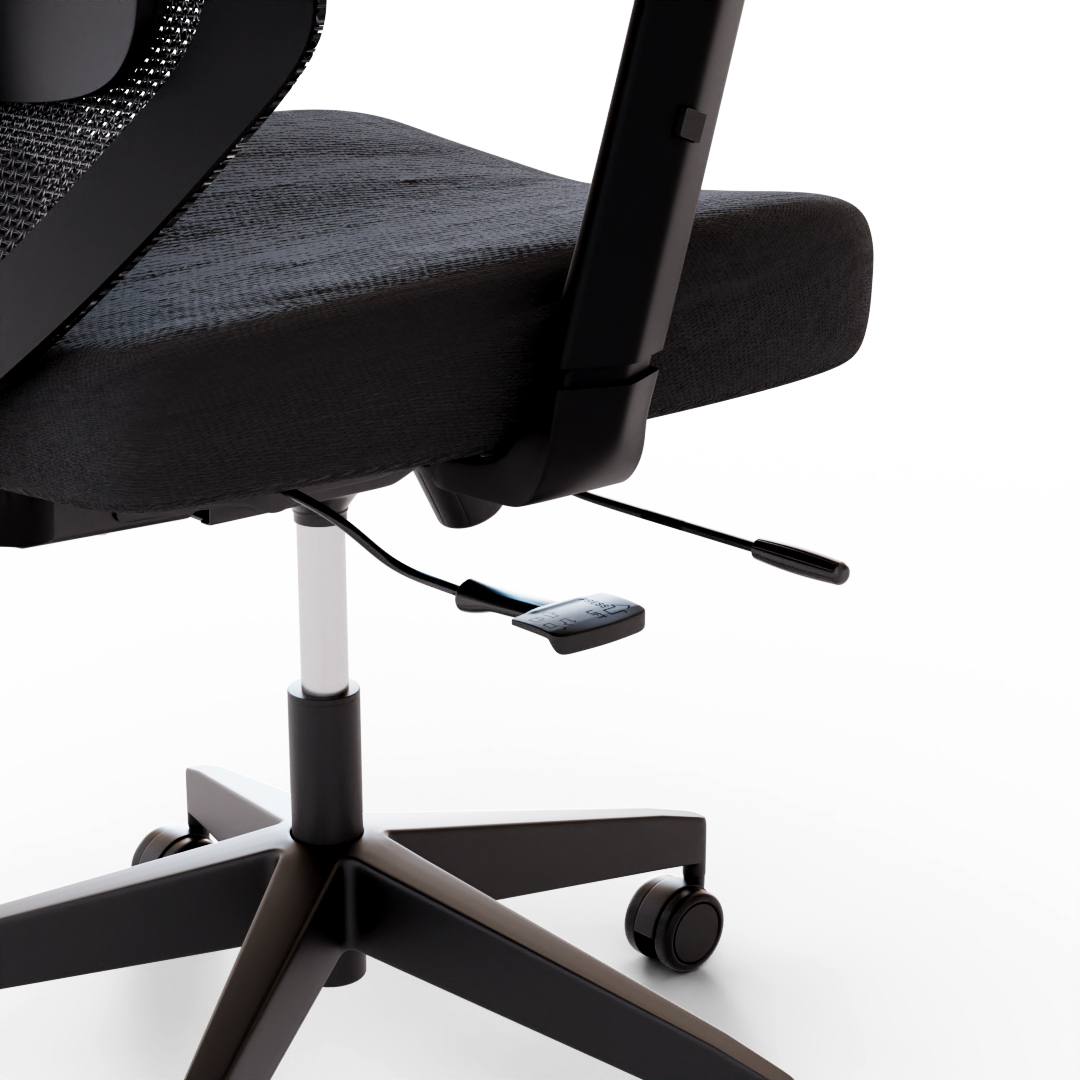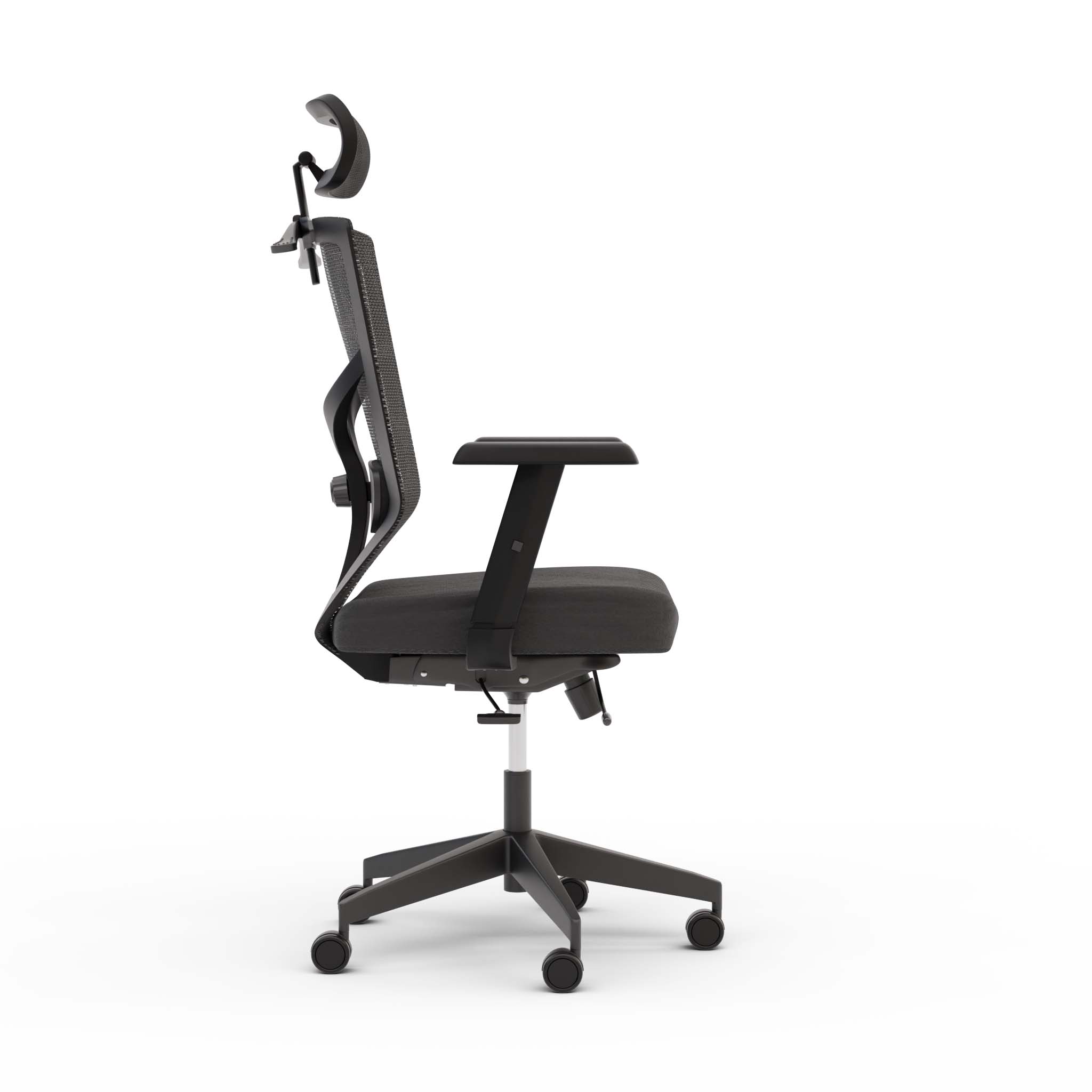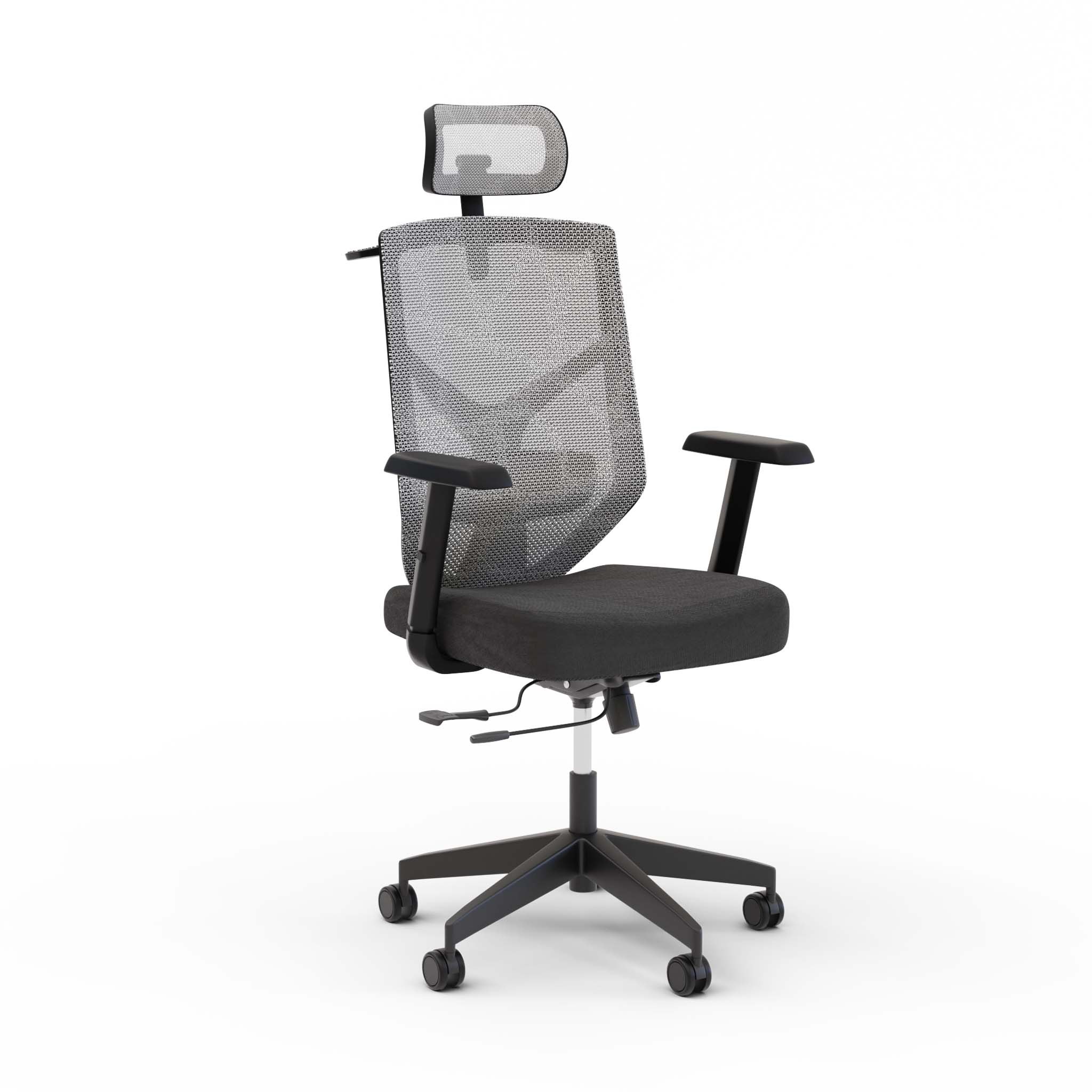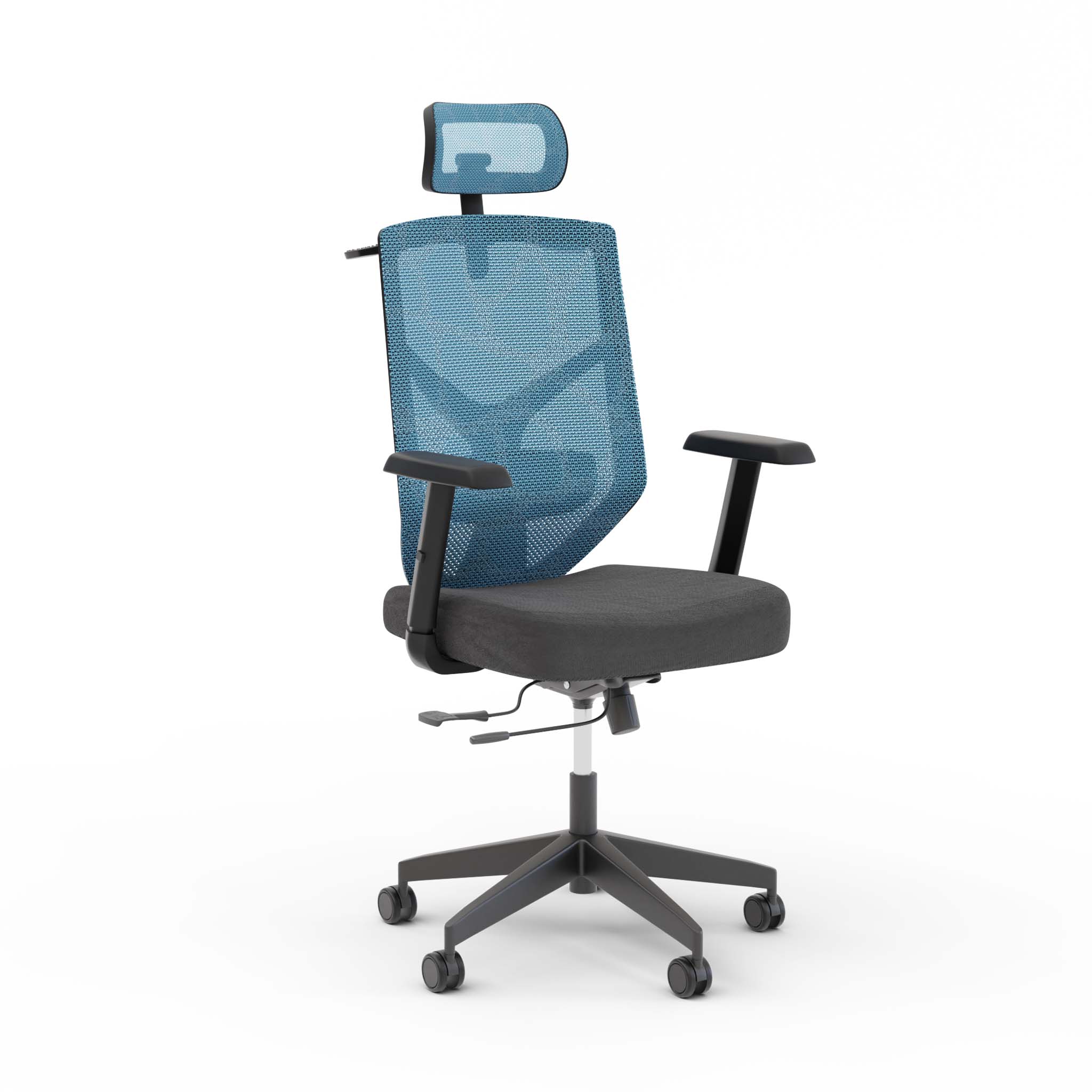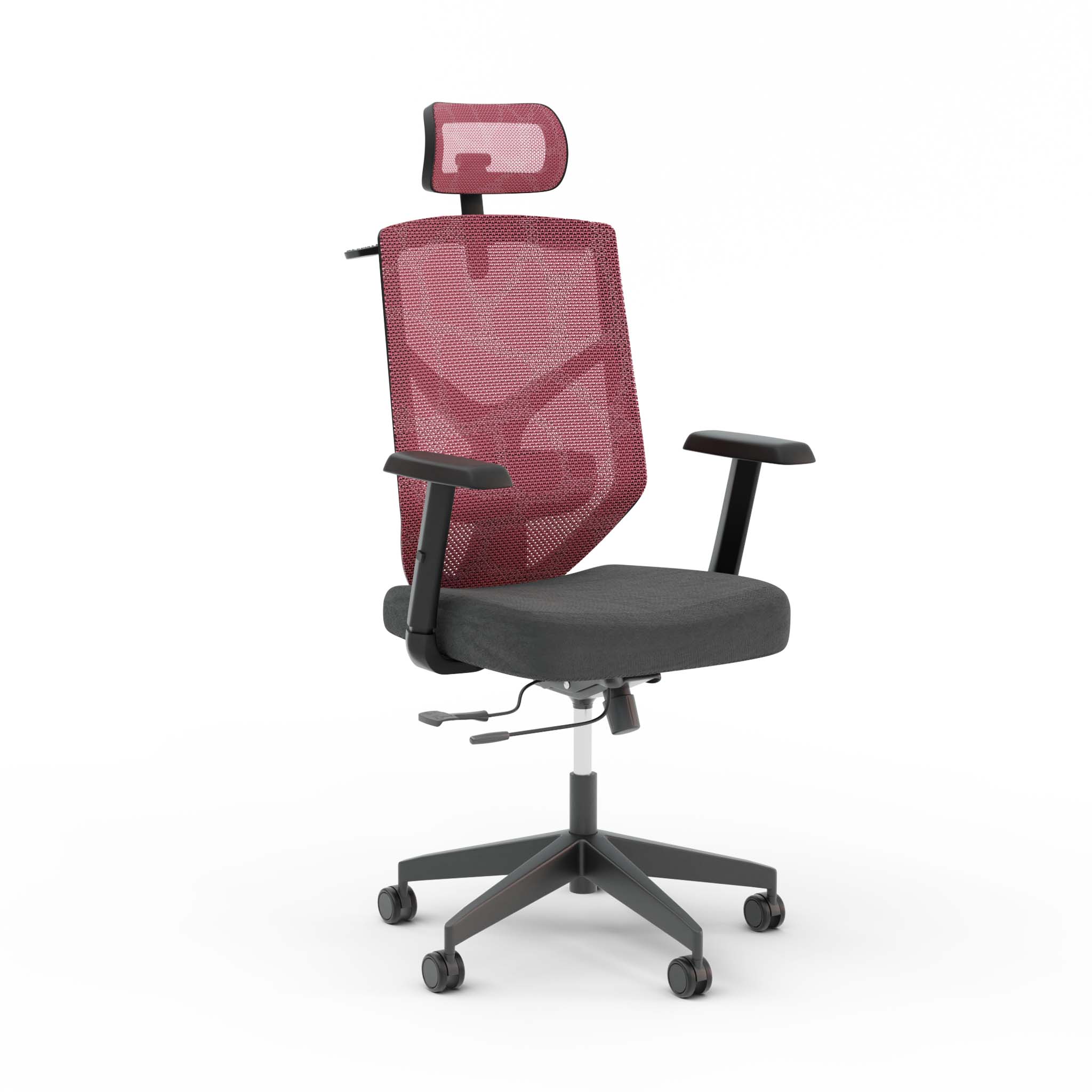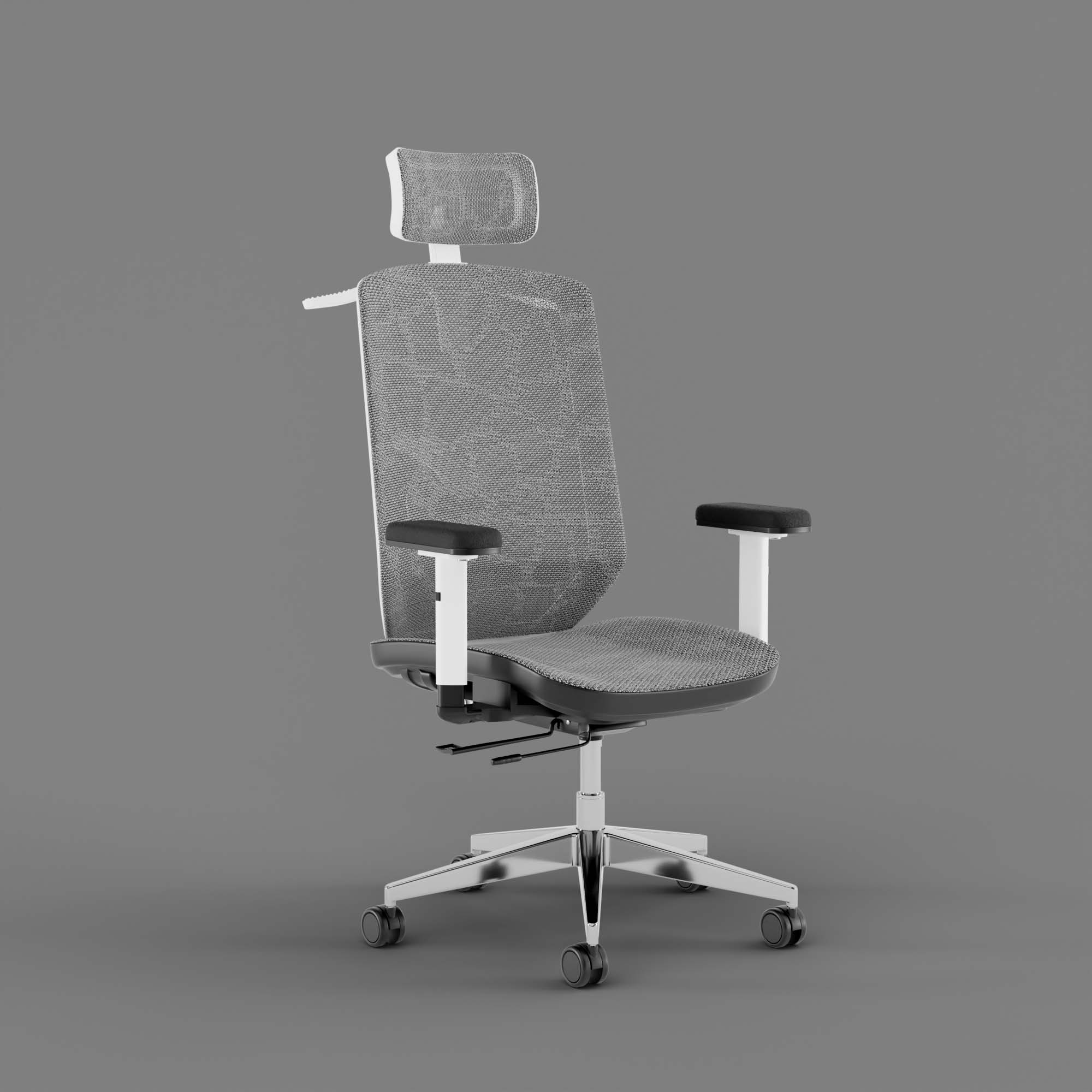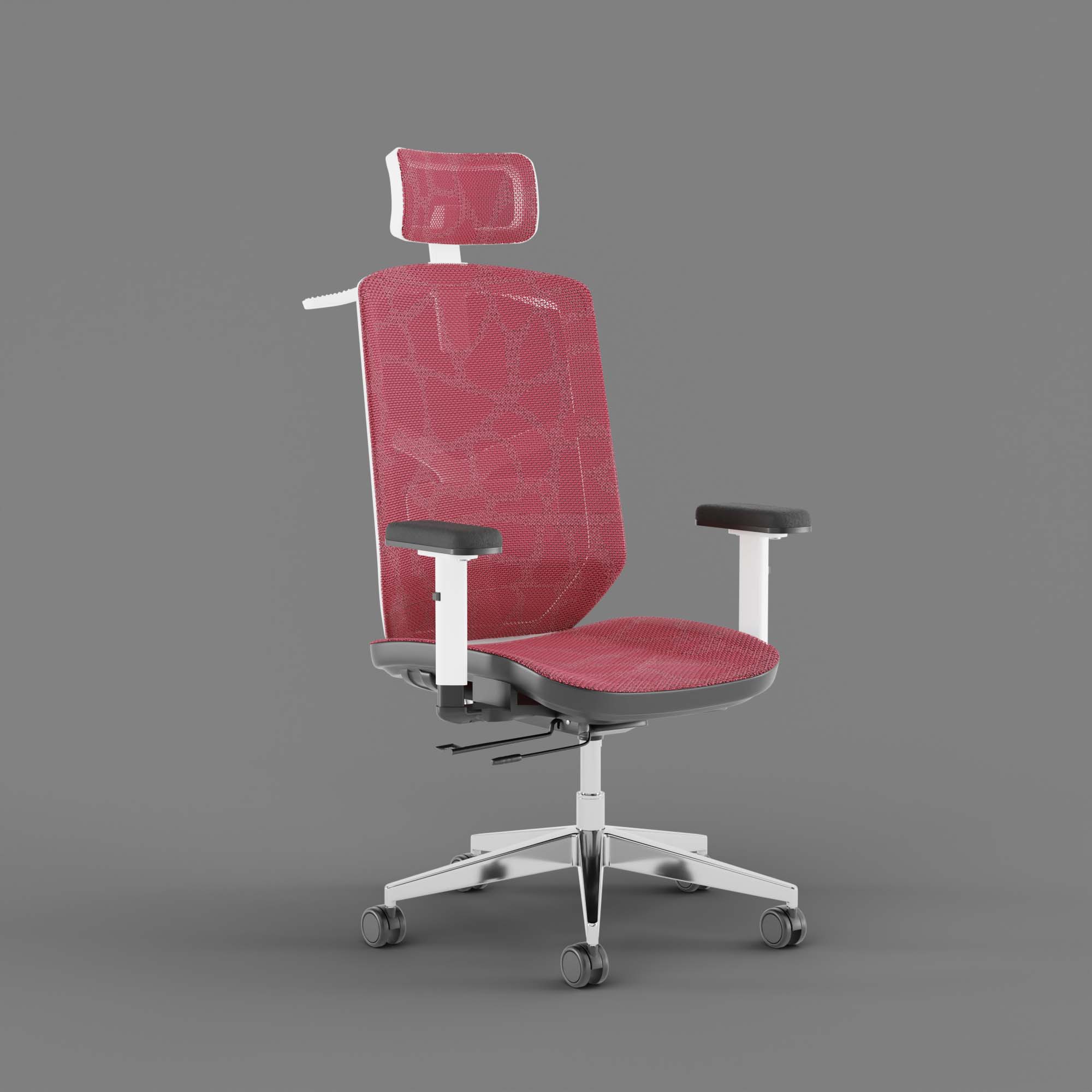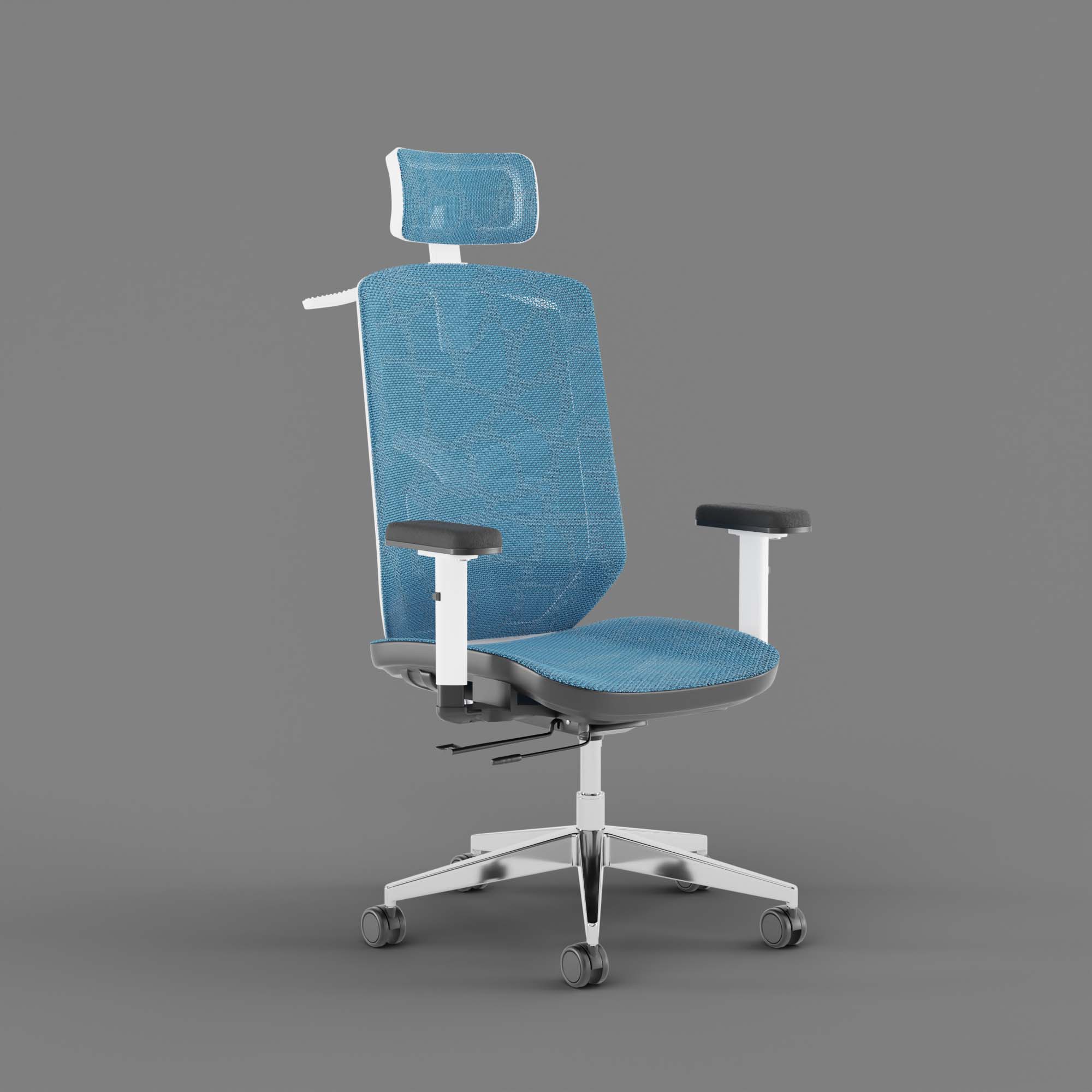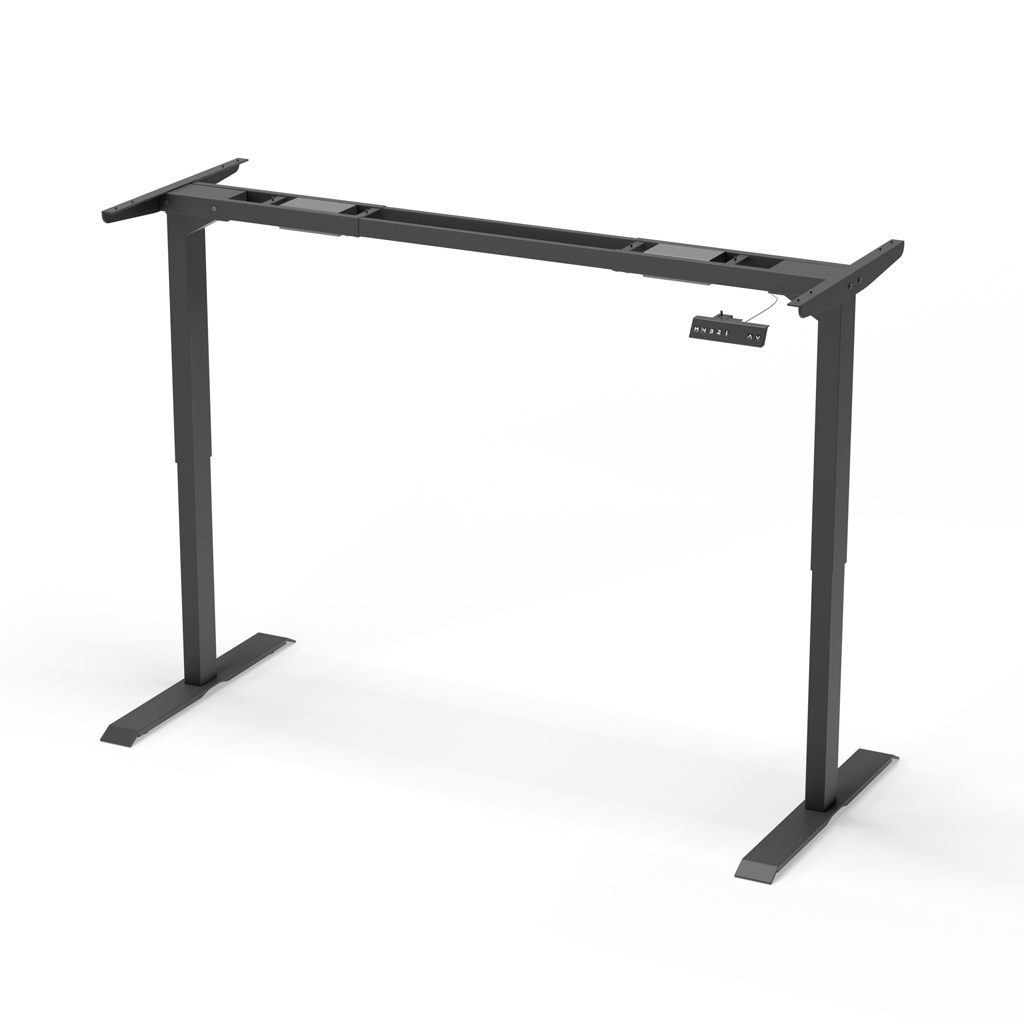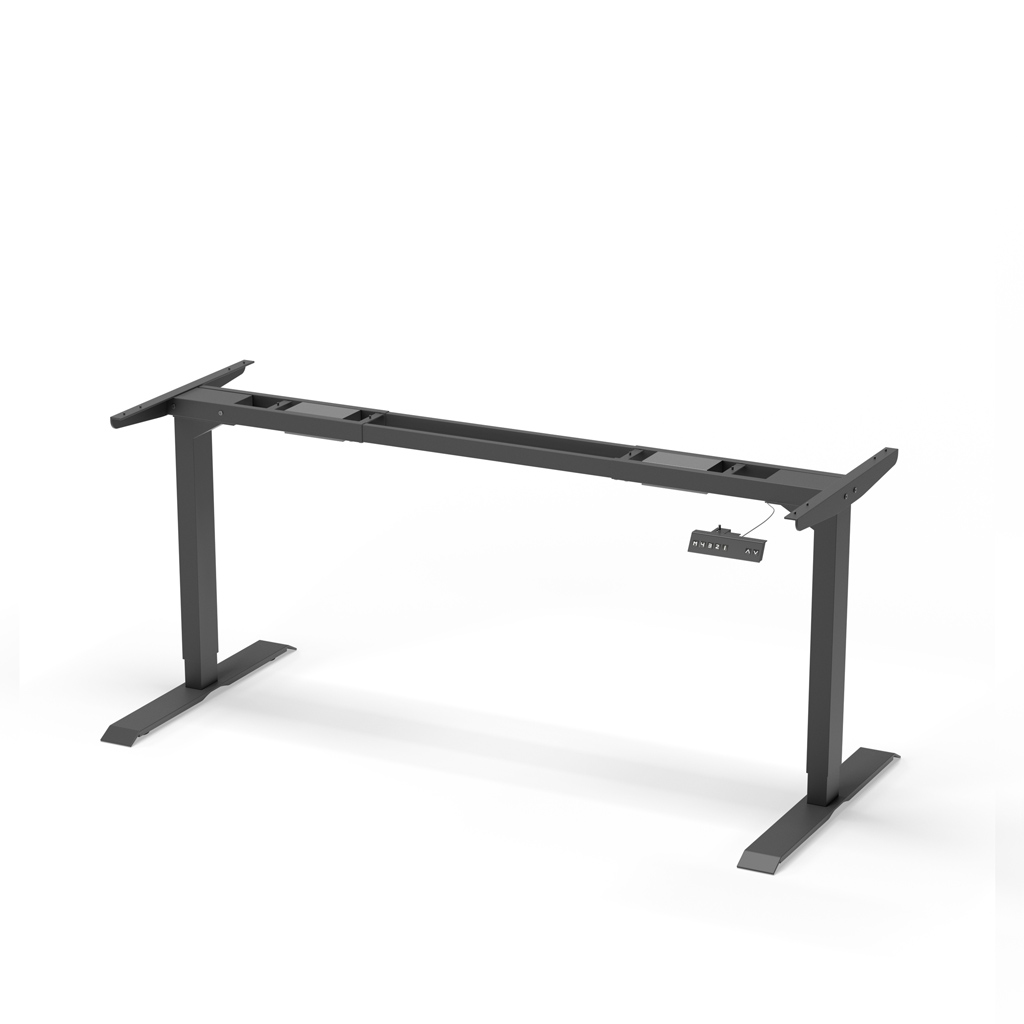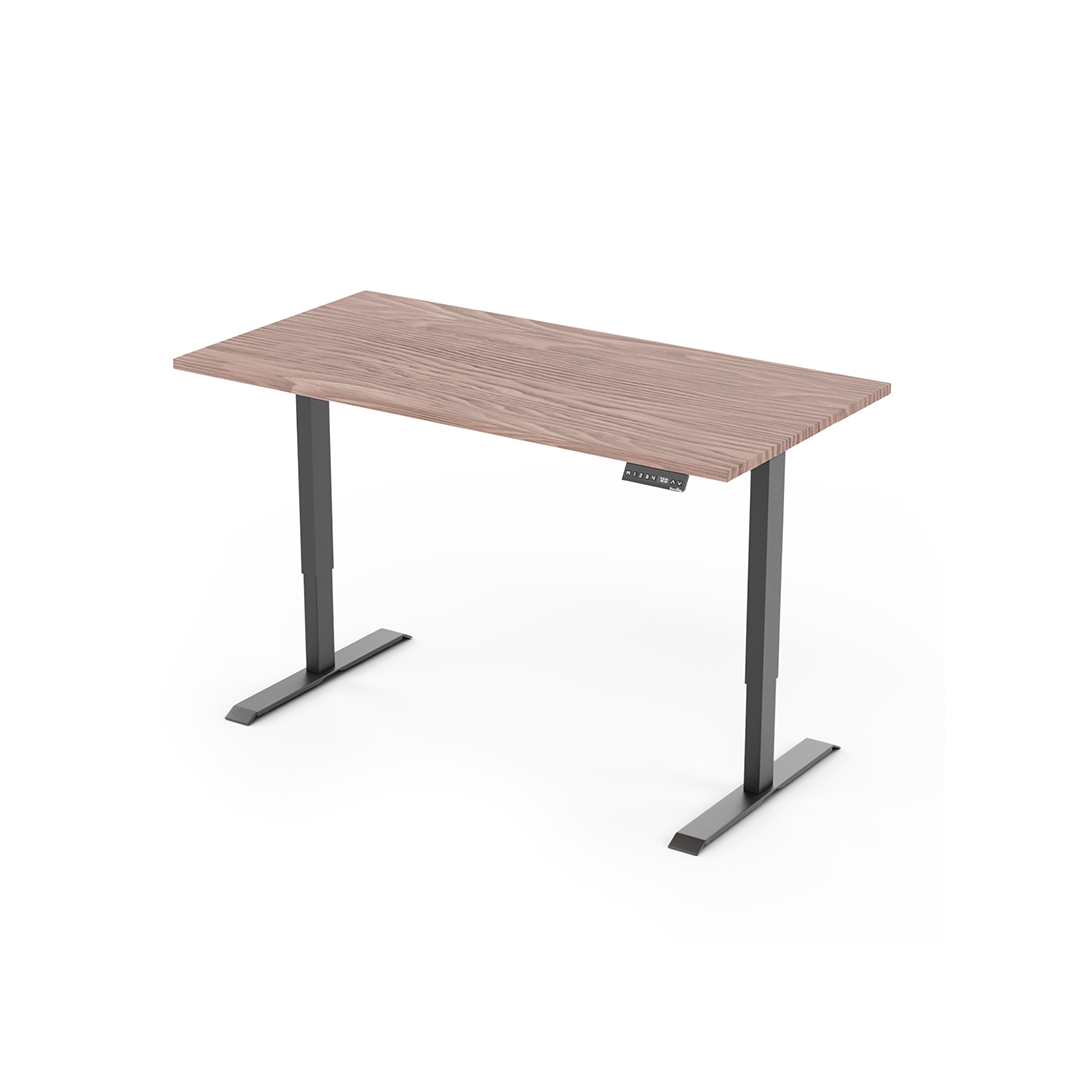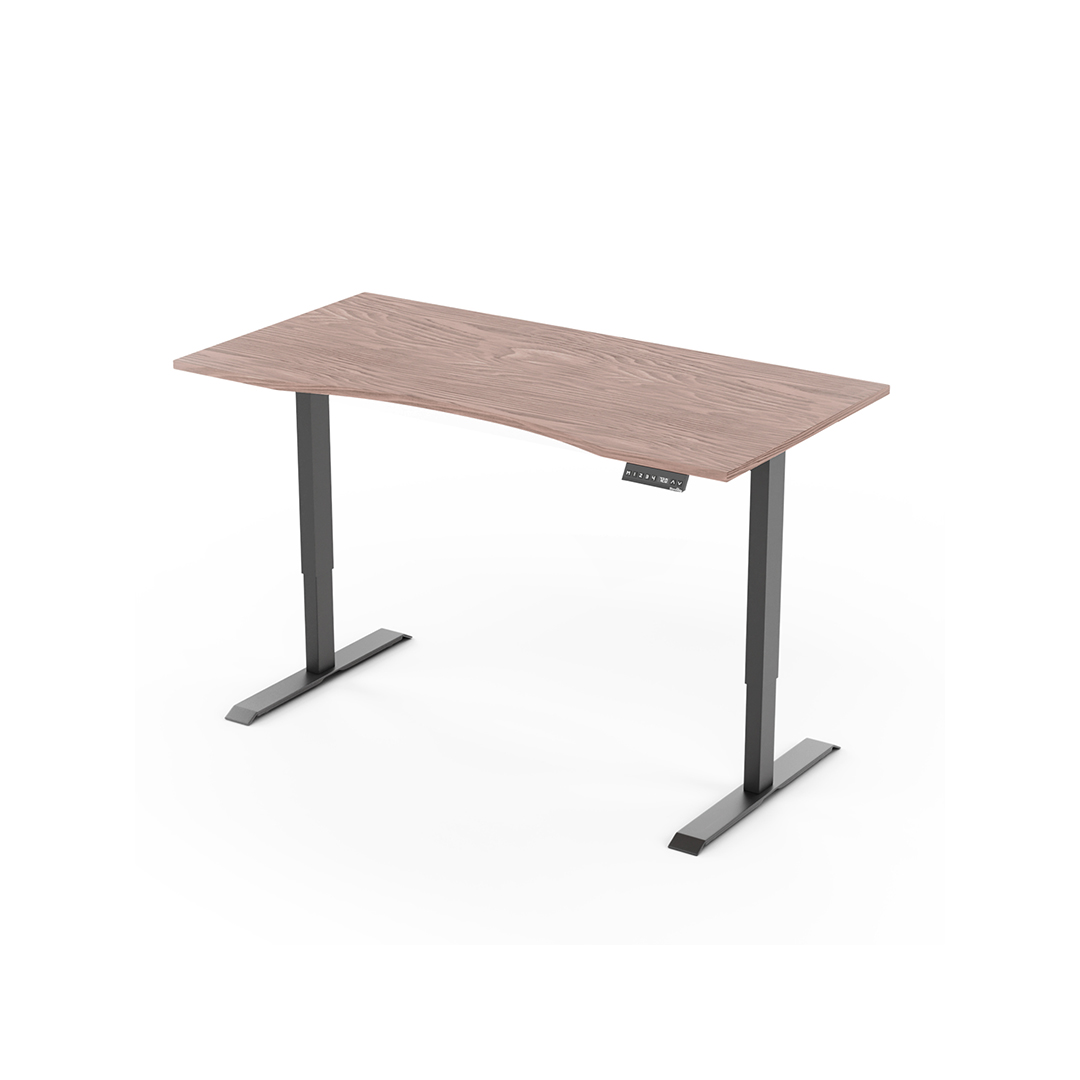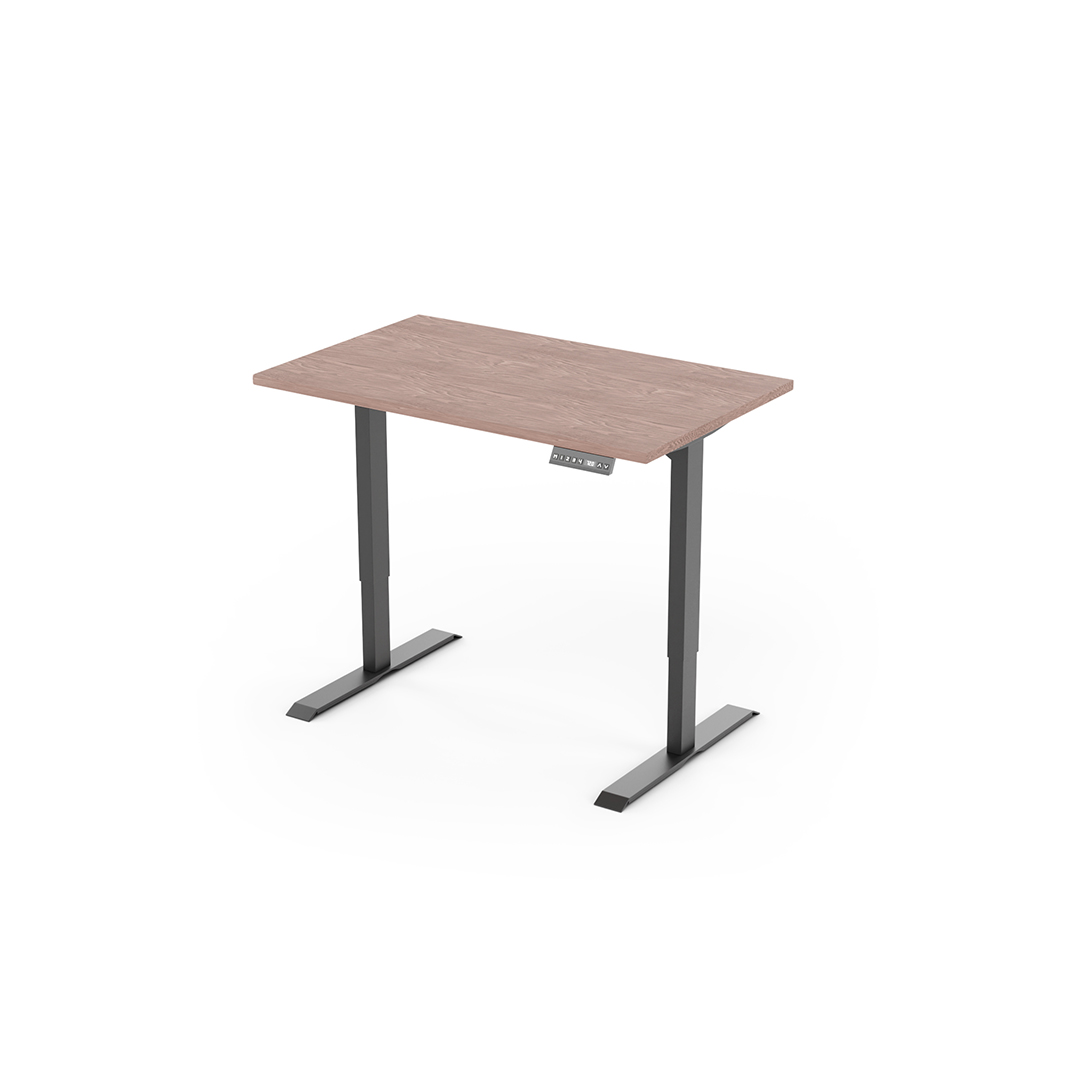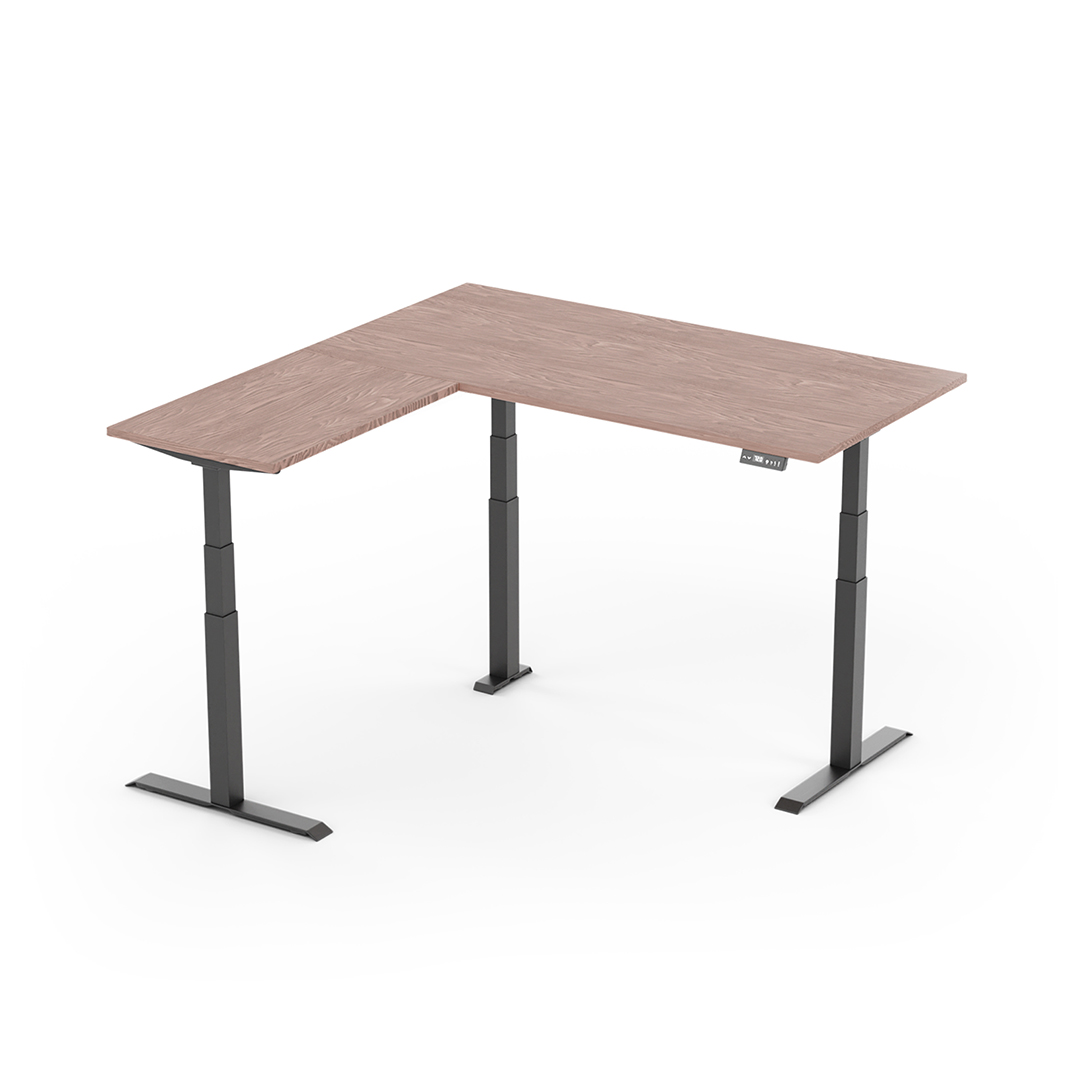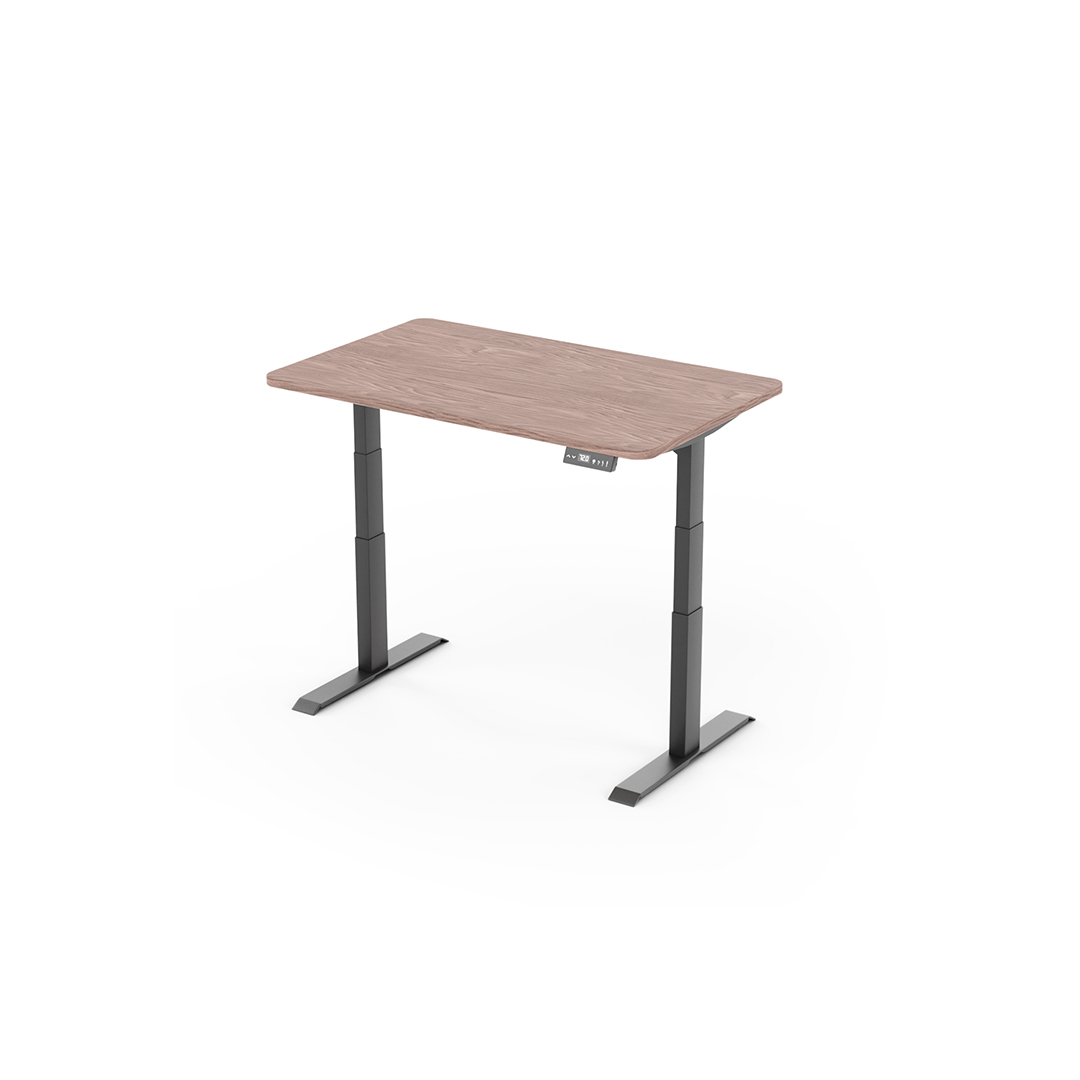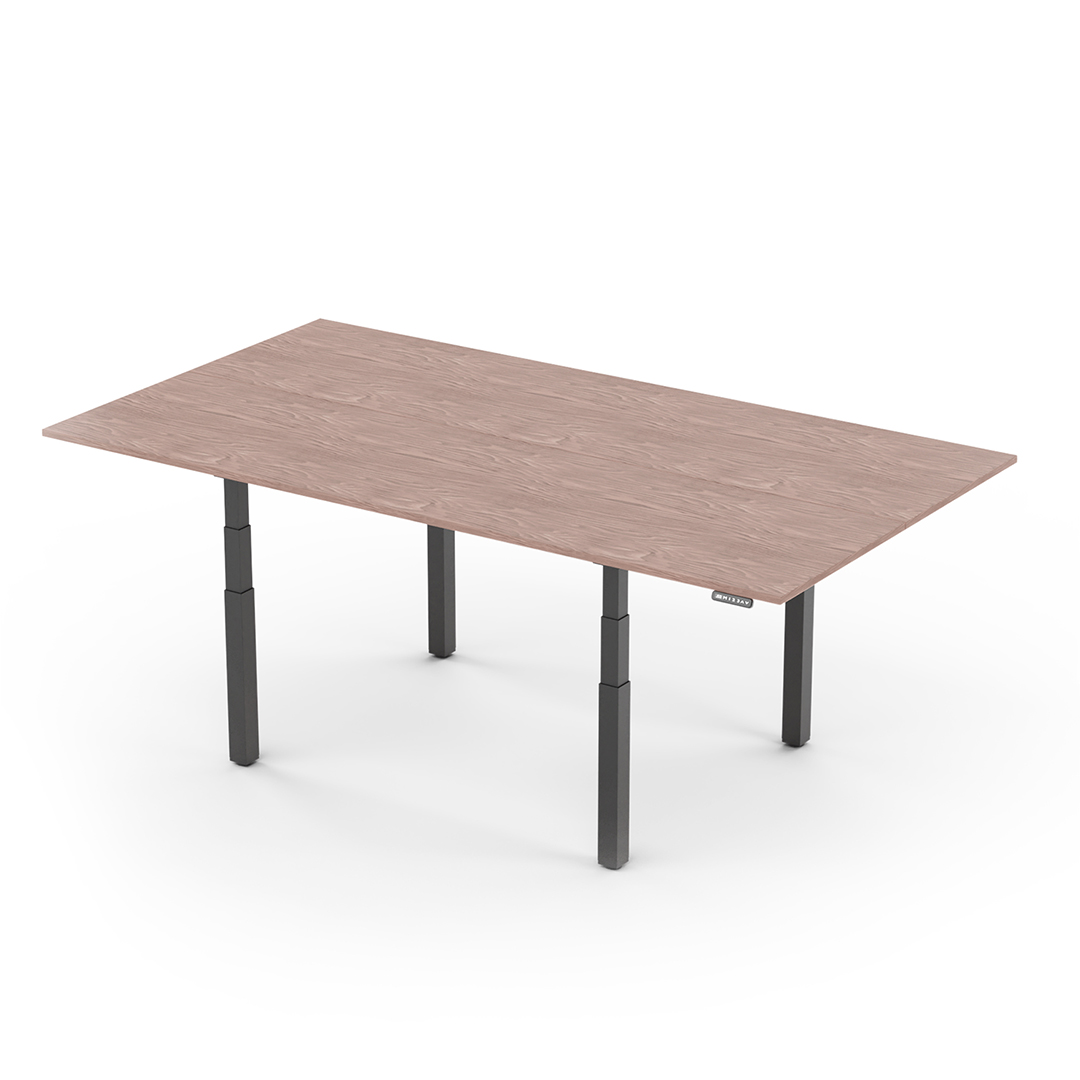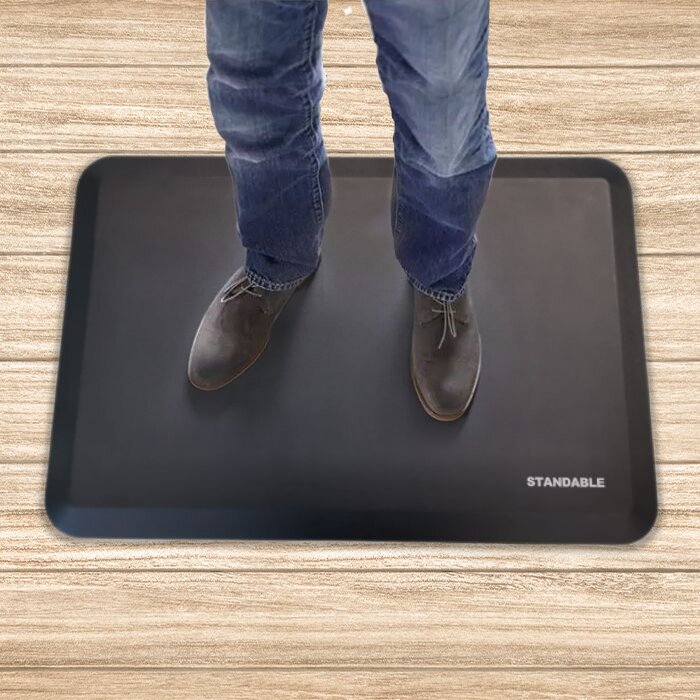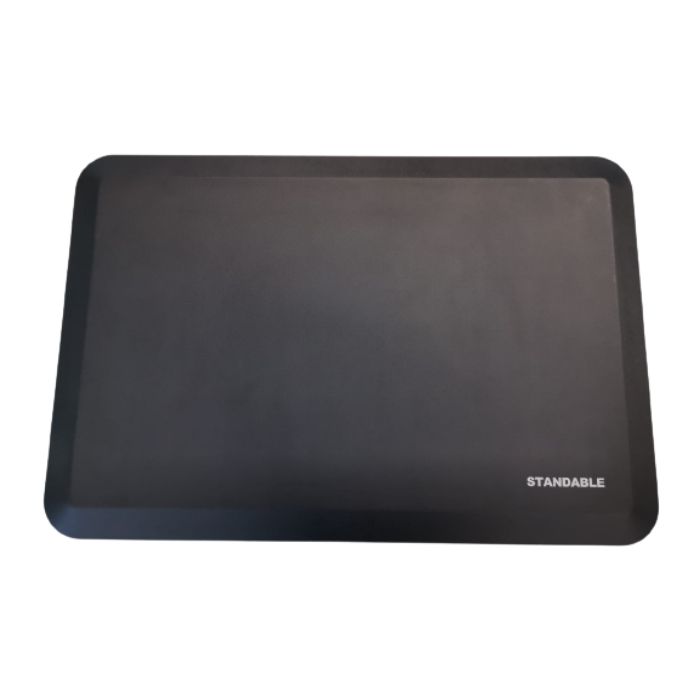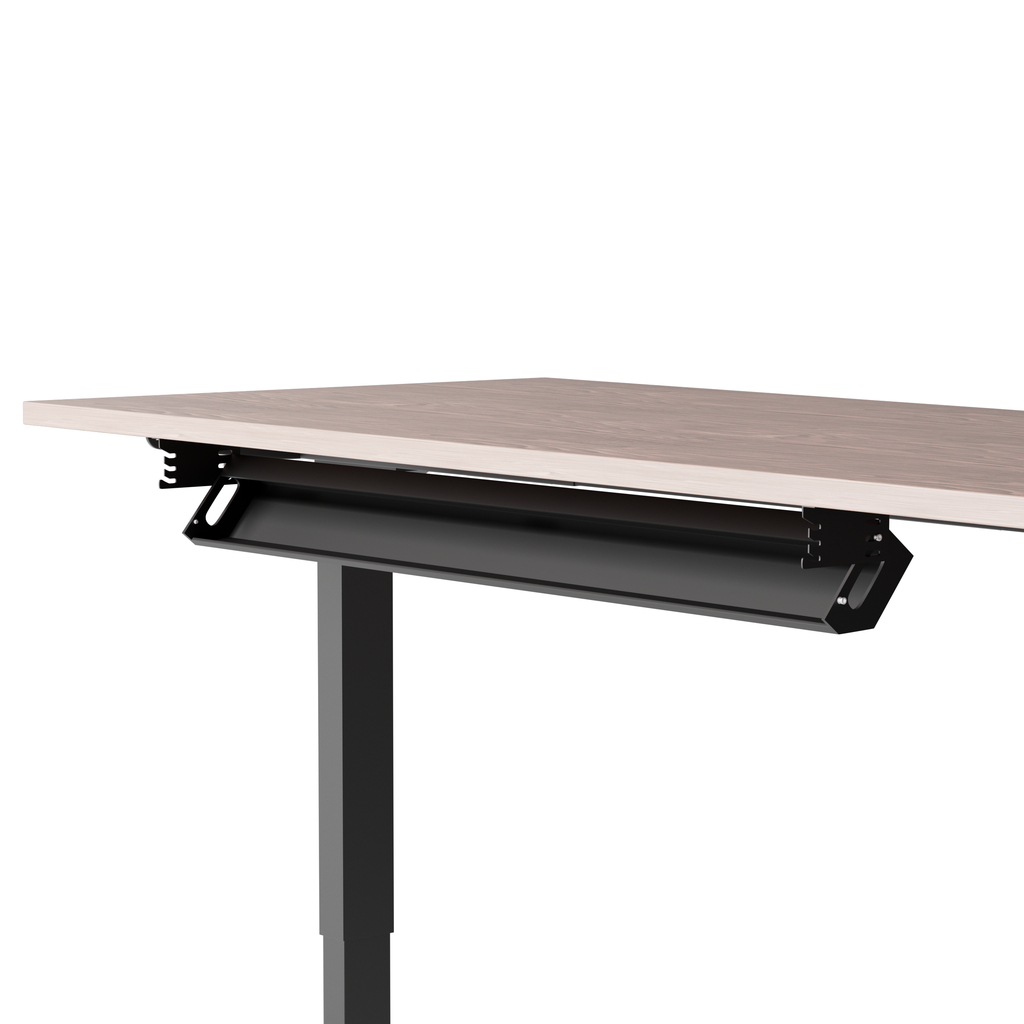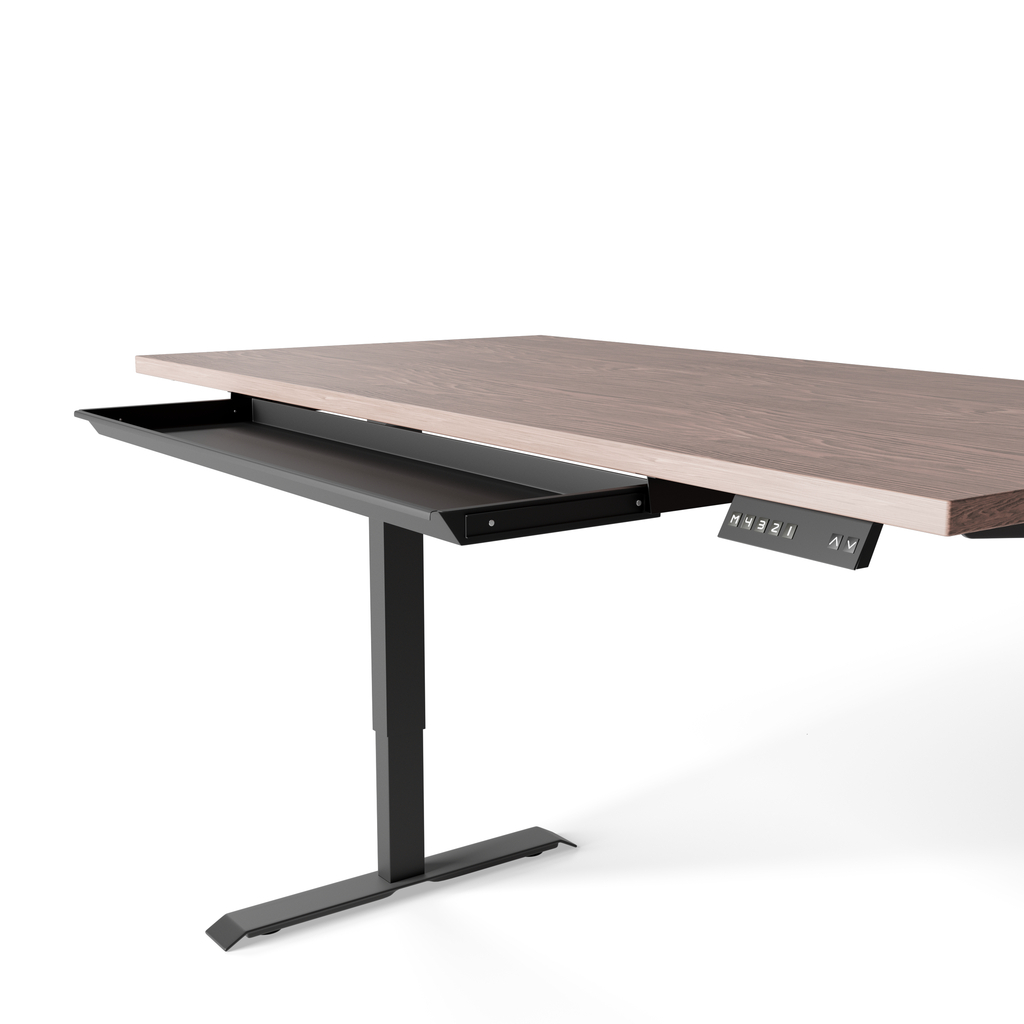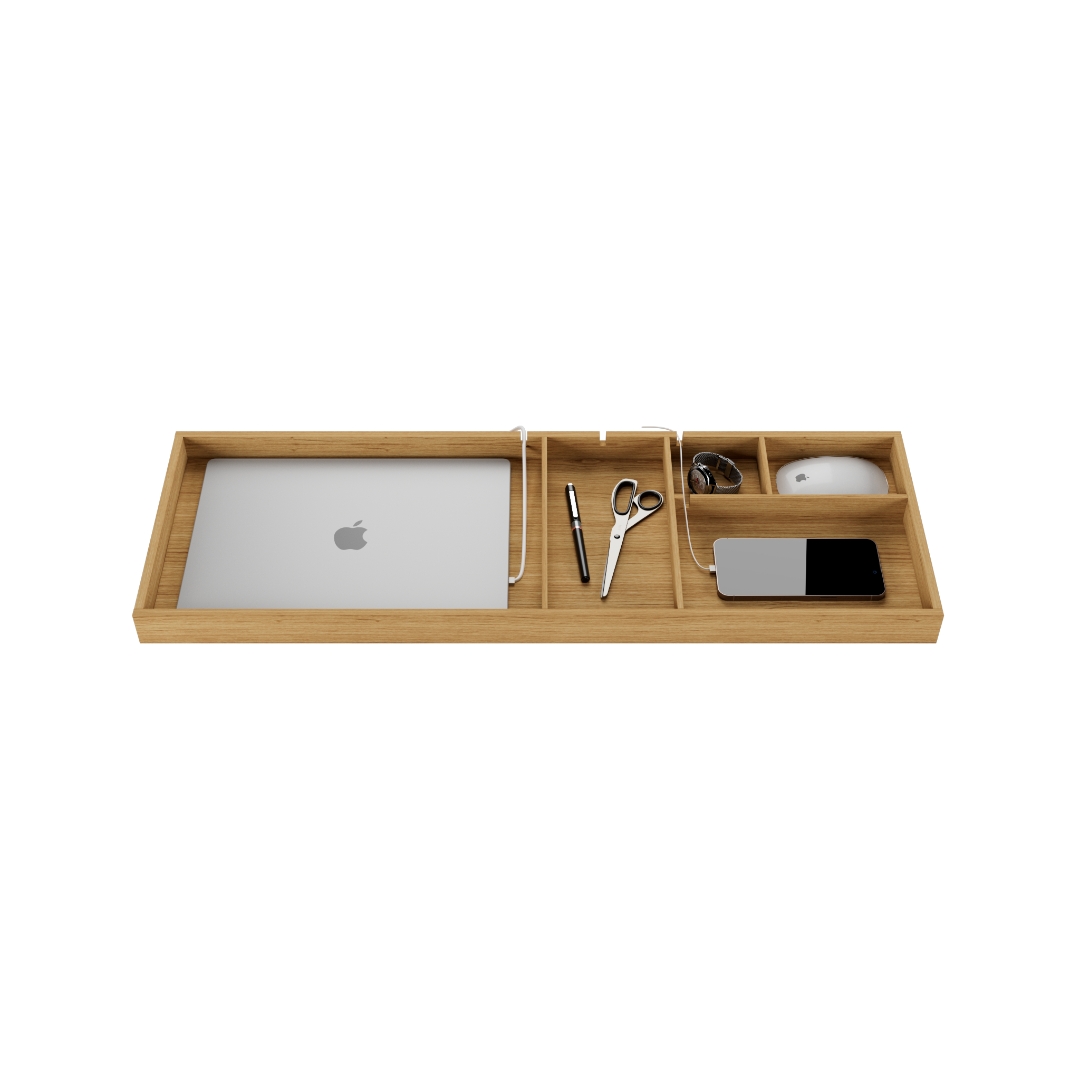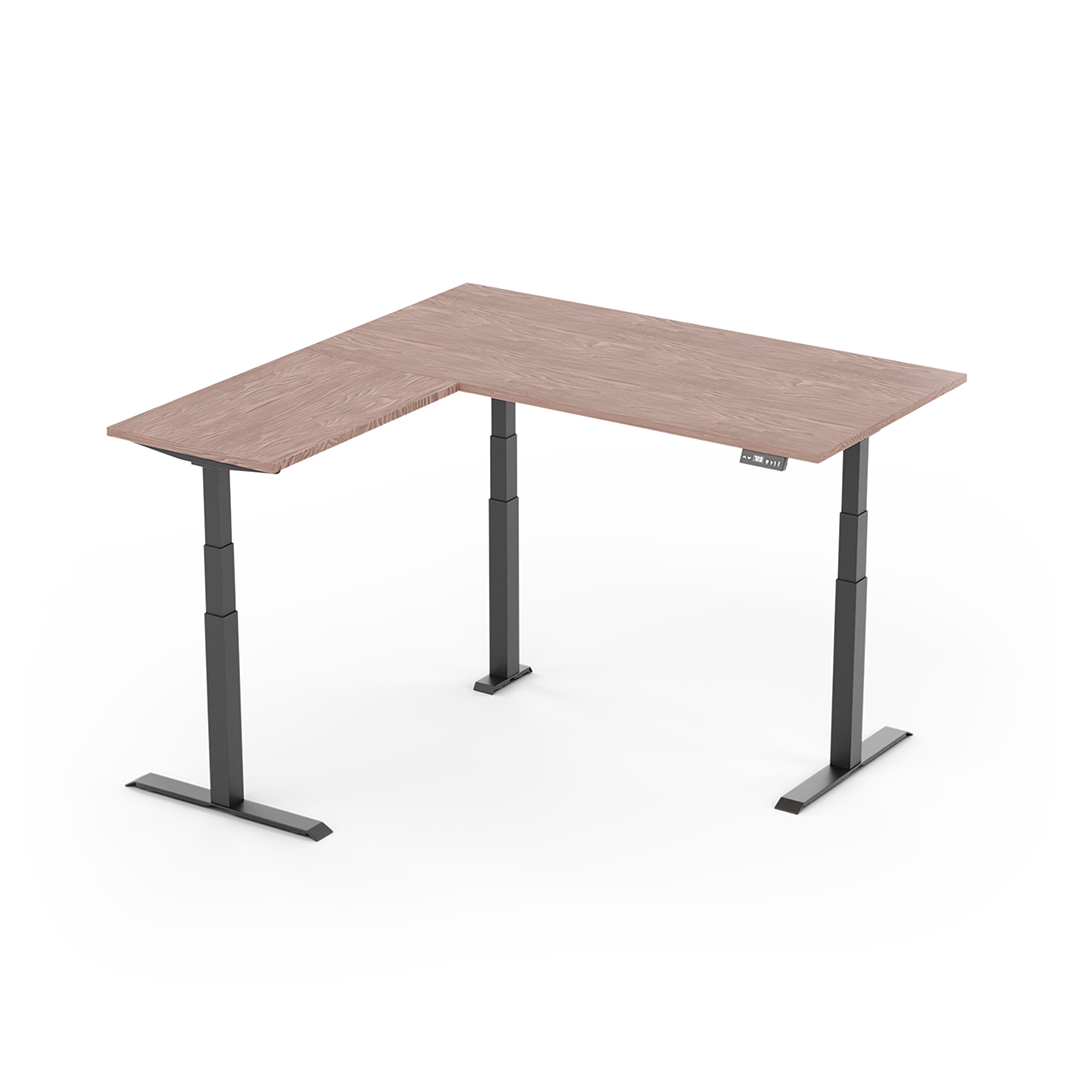Desk height calculator - calculate optimal desk height
The ergonomics of your desk and office chair are key to a healthy lifestyle and an active day. Our guides will help you understand what it takes to get the most out of our products and ensure you stay healthy and comfortable in your work environment.
The specified heights are approximate guide values. Depending on your physique, the correct values for you may differ by up to +/- 3 cm.
For our Standable desks, you have to subtract the height of the table top (2.5cm) from the recommended height.
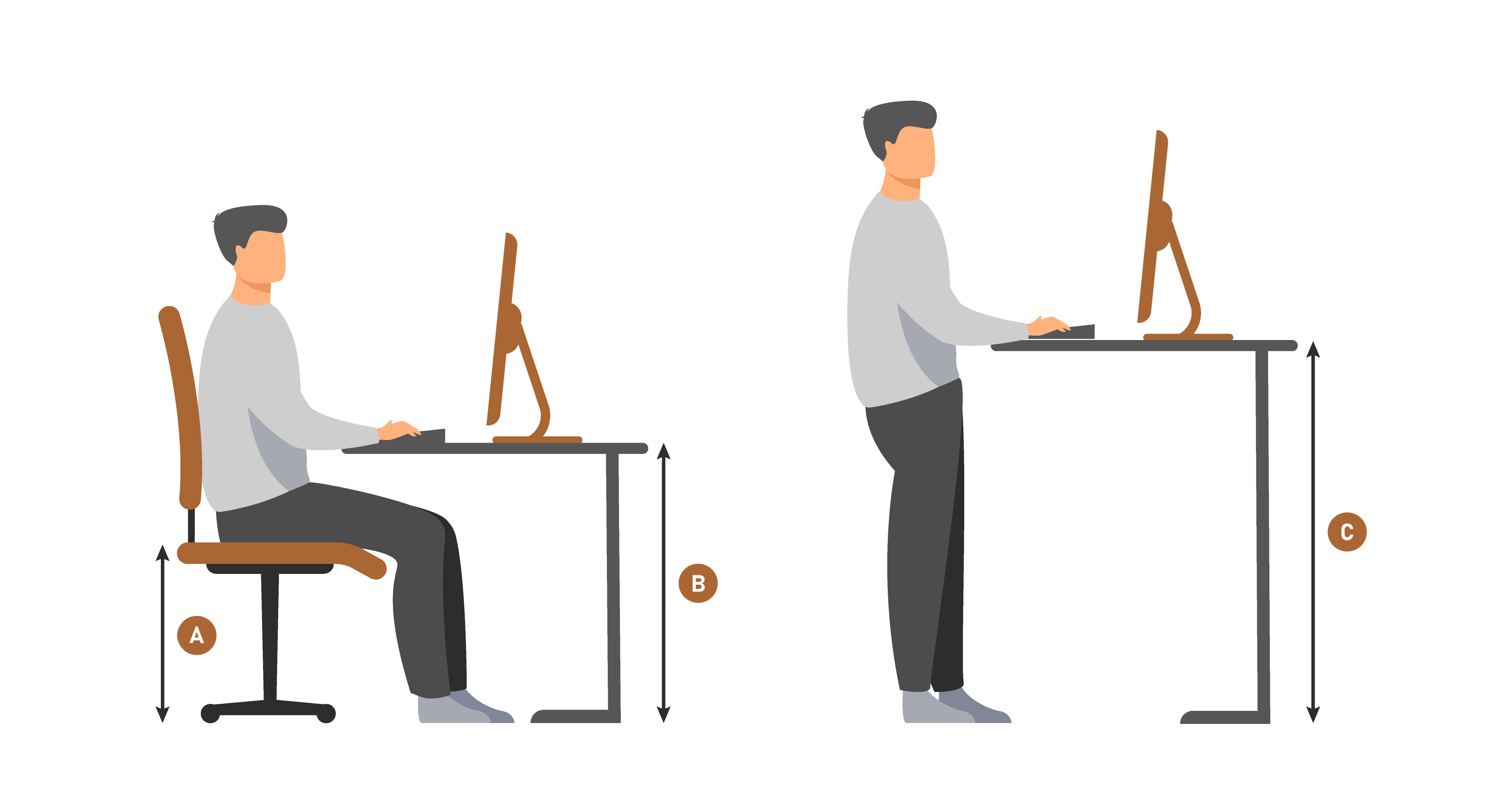
Ergonomics at work – helpful tips for sitting
We tend to work in a bad posture and in unfit places like the couch, especially in the home office. That’s why we’ve put together 8 important tips for working while sitting:
- Shoulders should be relaxed and pulled back avoid a hump in the neck.
- Sit all the way back in your office chair. Your pelvis and back should be touching the backrest.
- Place your feet flat on the floor
- Your lower legs should be at an angle of 90° to your feet
- On the contrary, your thighs should not be at a 90° angle to the knees but should drop down from the top.
- The back of your knees should not be on the edge of your chair. Make sure there is some distance between them.
- The table height should be adjusted so that your forearms are at a 90° angle to the upper arms. Make sure that your keyboard and mouse are within easy reach.
- To avoid neck pain, the upper edge of the screenshould be at eye level. This way, you avoid looking down or up and the associated neck pain.
Our Lenda office chair is customizable down to the smallest detail and can therefore be completely adjusted to your body and ergonomic conditions. You can slide the seat cushion back and forth to allow for a gap between the back of the knee and the chair.
Working ergonomically while standing
We recommend that you regularly alternate between sitting and standing work. This promotes your blood circulation and keeps your body moving. Thanks to our Electric height-adjustable desks make this possible. We have also listed the most important tips here to help you get the best ergonomics from working in a standing position:
- Shoulders should be loose - do not tense them.
- The forearms should be at a 90° angle on the table or even slightly sloping.
- Stand broad-legged and firm with your feet on the floor to distribute the weight evenly. For a soft and comfortable base, you can also find a corresponding foot mat from us.
- The upper edge of the screen should again not be higher than your eye level.
- Don't lean on the edge of your desk with your stomach. This can lead to a hollow back and cause back pain. Therefore, we recommend that you maintain a distance from the standing desk.
